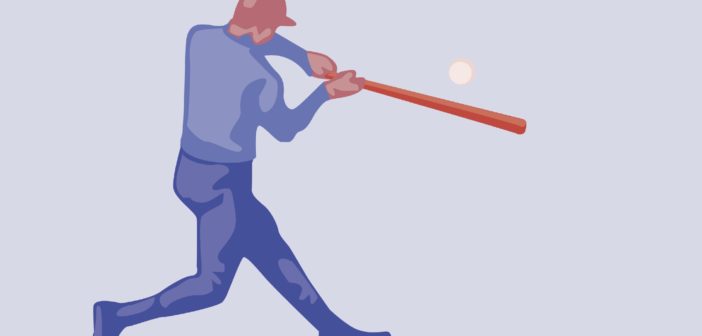The sports world will forever be changed after the COVID-19 pandemic. From the cancellation of games to mask requirements and social distancing, the list of changes goes on and on.
Some of the sporting events that were canceled or postponed include the Olympic Games, the Kentucky Derby and Wimbledon.
At the beginning of the pandemic, the cancellation or postponement of sporting events left many sports fanatics asking, “What now?”
Like dominoes, one sporting event after another was canceled. Last year’s season for NCC’s men’s basketball team was cut short due to COVID-19. The team had made it past the second round of the NCAA tournament when all competition was halted.
At the time, no one was really sure how long sports would be suspended. It was also uncertain as to whether fans would be allowed to attend events when they eventually returned.
Shortly after the cancellation of the 2019-20 winter and spring championships, the NCAA announced that DIII sports would experience a $7.6 million deficit.
“The financial loss for the DIII will be significant, but money should never take precedence over life. We value people above all else,’ said Fayaneese Miller, chair of the committee and president of Hamline University. “The losses will impact money available for students and programming now and in the future, but Division III has done an incredible job in managing our resources and is uniquely prepared to weather the financial storm we face.”
College athletics in not the only thing affected by the pandemic. ESPN reported in May 2020 that “The sudden disappearance of sports will erase at least $12 billion.”
Although are not allowed inside the stadiums, many teams have taken the initiative and gotten creative to keep the fans involved.
In an effort to get fans excited, many sports teams have taken interest in creating a space that will allow fans to watch games together safely. Peter Feigin, the president of the Milwaukee Bucks, decided to invest in an outdoor space for fans to enjoy games.
And he was not the only one to do so. Hard Rock Stadium, which houses the Miami Dolphins, announced via Twitter that the building would be temporarily transformed into an open-air and drive-in theatre. In addition, the Las Vegas Raiders have turned to outdoor tailgating to adhere to social distancing protocols.
The initiative to get fans involved in some way leads one question to be asked: Does not having fans in the stands really make a difference? The short answer is yes.
“Before COVID, fans would create such a fun and exciting atmosphere. We fed off their energy,” said women’s basketball player Hadyn Braun, ’21. “Now, we are learning to create our own energy on and off the court by being our own fan section within the team and making sure we are staying rowdy so that we can feed off our own energy.”
Without fans in the stands showing support and school spirit, collegiate athletes can feel the difference.
Many senior athletes say the COVID-19 pandemic has “cheated” them out of their final season at NCC.
Although some athletes were able to compete, many saw their seasons shortened.
“I was given a chance to do what I love one more time,” said women’s basketball player Page Desenberg, ’21. “There are so many other athletes out there that did not get a chance to play. They do not get to put their shoes on every day like we are able to.”
The question left to ask is: Will there ever be a time when fans can enter stadiums safely.
Maybe. There is a lot to consider, especially with the threat of COVID-19 still here. There will probably still be guidelines in place just as a precaution.
“If they decide to do so, they could start with inviting only players’ immediate family, completing screenings and temperature checks, requiring masks and social distancing and limiting interaction pre/post-game,” said Braun.
With the world forced to adjust to life during the COVID-19 pandemic, the question of “what’s next?” with sports remains unanswered.

